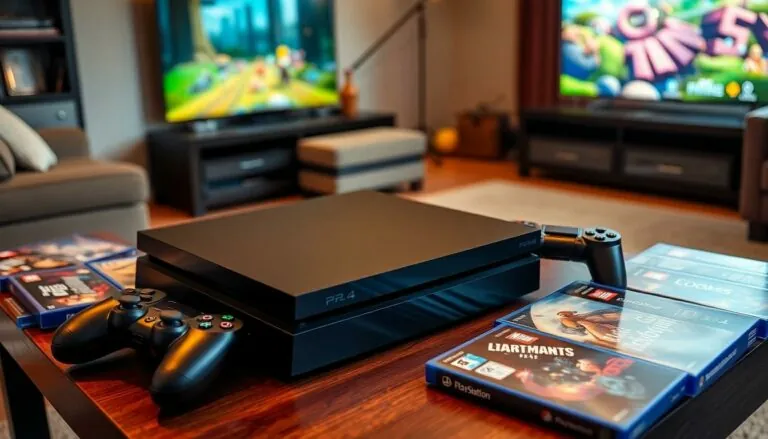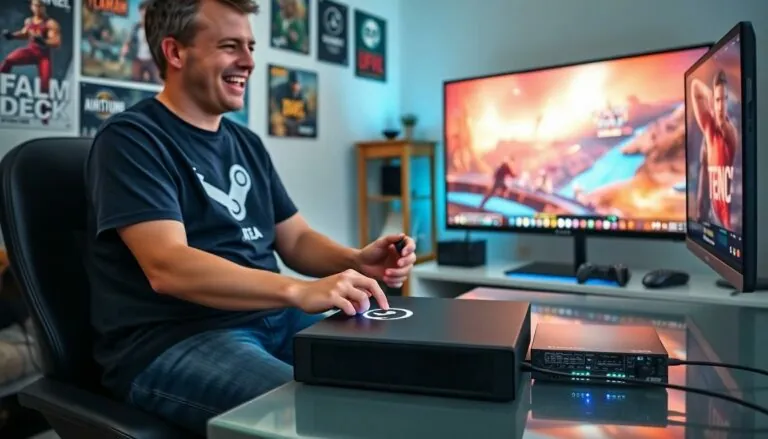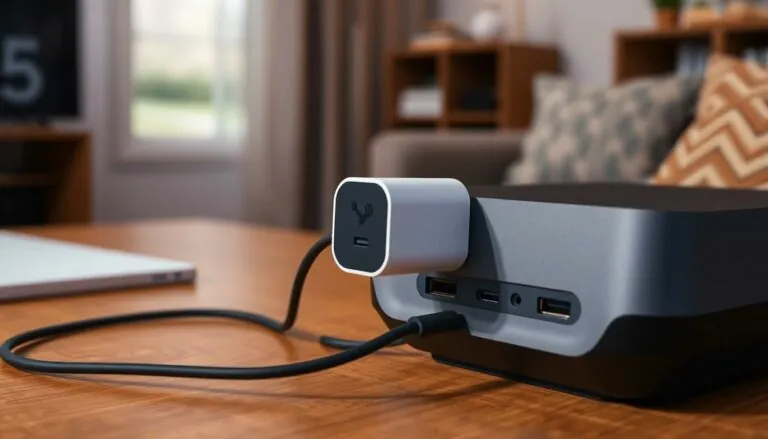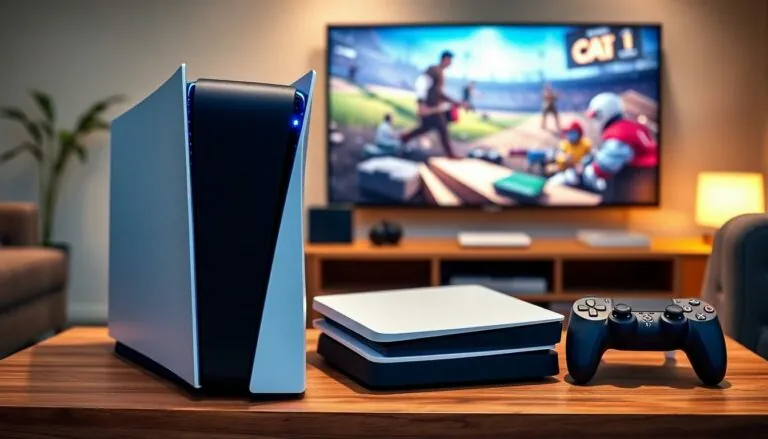Table of Contents
ToggleThe Steam Deck is a portable gaming powerhouse that’s taken the gaming world by storm. Imagine taking your favorite titles on the go, but with a twist—modding them to create unique experiences that make your friends green with envy. It’s like adding a turbocharger to your grandma’s old sedan; it’s still the same car, but now it zooms past everyone else in style.
Understanding Game Modding
Game modding allows players to modify and customize their gaming experience. This process can enhance gameplay, graphics, or even introduce new features.
What Is Game Modding?
Game modding refers to altering a video game’s content or functionality through user-created modifications. Players create mods using tools provided by developers or third-party software. These modifications can range from simple tweaks, such as changing graphics or sound effects, to complex additions, such as new quests or gameplay mechanics. Most popular games have an active modding community, encouraging collaboration and sharing of creative ideas.
Benefits of Modding Games
Modding games offers several advantages for players seeking unique experiences. Enhanced gameplay often results from mods, providing players with new challenges or improving game mechanics. Custom graphics and sound can refresh a title, making it feel new again. Modding communities foster social interaction, allowing players to share experiences and collaborate on projects. Lastly, mods can extend a game’s lifespan, keeping it engaging long after its initial release.
Getting Started with Steam Deck

Modding games on the Steam Deck starts with understanding its features and requirements. Players can enhance their gaming experience significantly with the right setup and software.
System Requirements
The Steam Deck requires specific system specifications to function seamlessly. It operates on a custom AMD APU, which features a quad-core Zen 2 CPU and RDNA 2 GPU architecture. Users need at least 16 GB of RAM for optimal gaming performance. Additionally, storage options include 64 GB eMMC, 256 GB NVMe SSD, and 512 GB high-speed NVMe SSD solutions. For the best results, ensure your Steam Deck is updated to the latest version of SteamOS.
Installing SteamOS
Installing SteamOS on the Steam Deck is a straightforward process. Users should access the settings menu, where they’ll locate the system update option. Download any available updates to ensure all features work correctly. After that, select the option to reinstall SteamOS, which will guide players through the necessary steps. Backing up data before reinstallation is essential for preventing data loss. Following these steps enables players to set a stable foundation for modding games effectively.
Tools You Need for Modding
Modding games on the Steam Deck requires specific tools. Players can enhance their gaming experience through these essential utilities.
Popular Modding Tools
Numerous modding tools are available to help customize games. Nexus Mods provides a vast library of user-created mods for various titles. Vortex serves as a robust mod manager, enabling easy installation and organization of modifications. Morrowind Script Extender aids in enhancing the capabilities of older games with advanced scripts. Additionally, Mod Organizer 2 stands out as another popular choice for advanced modding management. Each tool caters to specific needs, ensuring seamless game modifications.
Backup Utilities
Backup utilities play a crucial role in preserving game data before modding starts. Players should consider using tools like Steam Backup and Sync, which facilitates cloud storage for game files, ensuring safe keeping. Save Game Backup creates copies of save files, providing reassurance before applying mods. Additionally, ProtonDB offers insights into the compatibility of games with mods, helping players make informed decisions. Consider these options to protect valuable gaming progress while enjoying the modding process.
Steps for Modding Games on Steam Deck
Modding games on the Steam Deck involves several straightforward steps. Players can easily enhance their gaming experiences through various mods available online.
Finding and Downloading Mods
Searching for mods can begin with popular websites such as Nexus Mods and ModDB. These platforms host a vast collection of user-created content suitable for various games. Users should create accounts for easier downloads and tracking of mod updates. Mod descriptions provide crucial details about compatibility and requirements. Checking the comments section can reveal potential issues or tips from other users regarding specific mods. After choosing a mod, clicking the download button initiates the process, saving files directly to the device.
Installing Mods
Installing mods generally requires moving downloaded files into specific game folders. Users can find these folders within the Steam library under the game’s directory. Dragging and dropping the files ensures proper integration. Depending on the mod, additional steps may include configuring mod managers like Vortex or Mod Organizer 2. Using these tools simplifies the installation process, making it more manageable. Following any included instructions with mods guarantees functionality. Testing the game post-installation helps confirm successful installation and enhances gameplay.
Troubleshooting Common Issues
Modding games on the Steam Deck might lead to various challenges. Identifying and resolving these issues ensures a smoother gaming experience.
Compatibility Problems
Compatibility issues often arise when mods don’t align with specific game versions. Checking mod documentation helps users ensure compatibility before installation. Players should verify the game’s current version against the mod requirements. Using platforms like ProtonDB can assist in identifying compatible mods for each game. Conflicts may occur if multiple mods modify the same game files, so removing one can resolve these conflicts. Players can also consult community forums for additional advice and solutions.
Performance Issues
Performance issues may emerge after installing mods due to increased resource demands. Monitoring system performance through Steam’s built-in tools allows users to identify lags or drops in frame rates. Adjusting graphics settings can restore smoother gameplay after modding. Reducing in-game settings or uninstalling resource-heavy mods often resolves these concerns. Players experiencing instability should consider disabling mods one by one to pinpoint troublemakers. Regularly updating both SteamOS and the modding tools contributes to maintaining optimal performance.
Conclusion
Modding games on the Steam Deck opens a world of possibilities for gamers looking to personalize their experience. By leveraging the right tools and following the outlined steps, players can transform their favorite titles into something uniquely theirs.
The vibrant modding community provides a wealth of resources and support, ensuring that even newcomers can navigate the process with ease. As players dive into modding, they not only enhance their gameplay but also extend the life of their games, keeping them fresh and engaging.
With a bit of creativity and exploration, the Steam Deck becomes more than just a gaming device; it evolves into a canvas for personalized gaming adventures.







